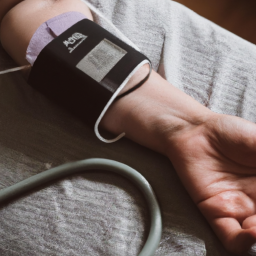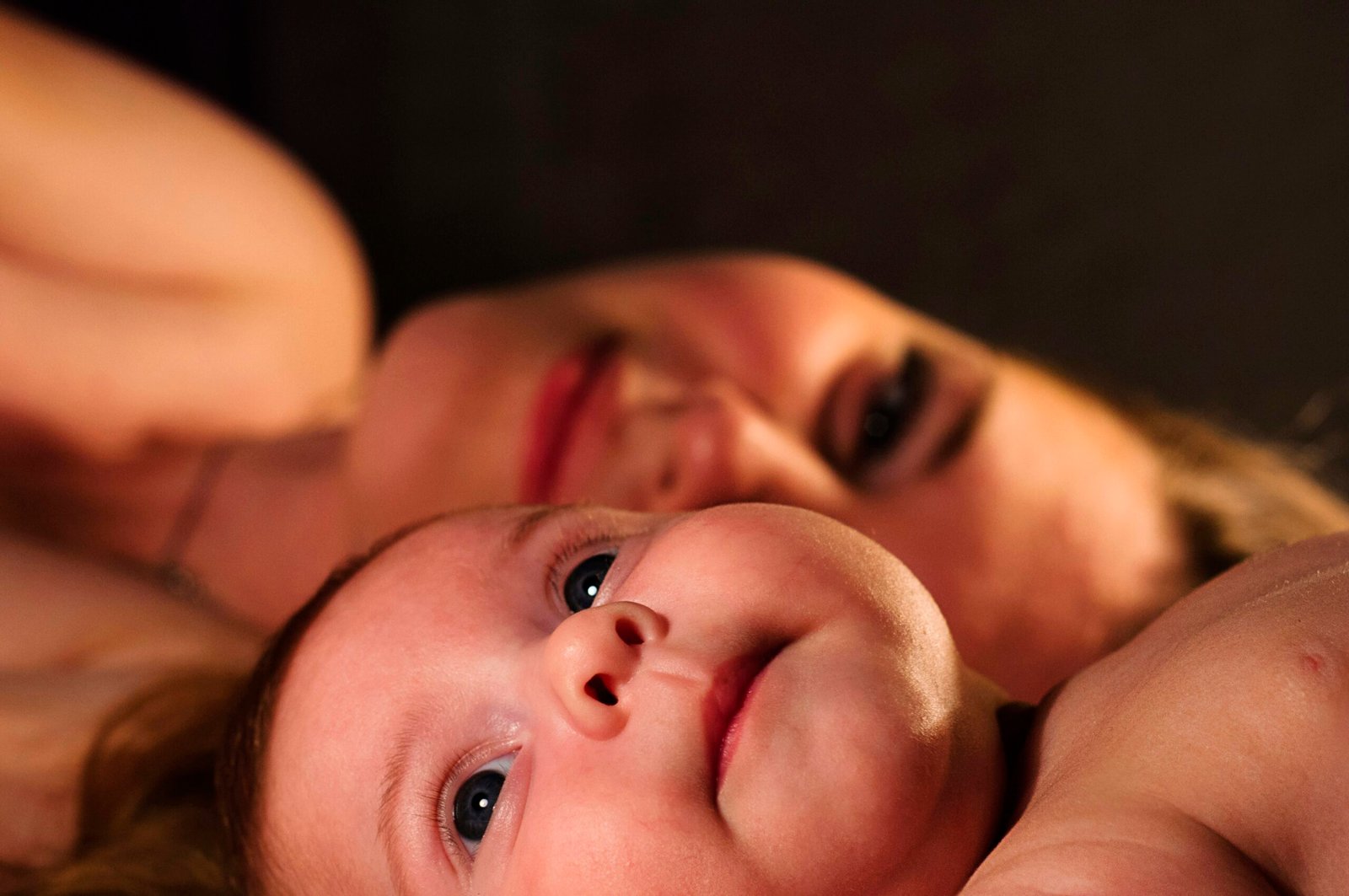Umbilical cord prolapse is a rare but serious obstetric emergency that can occur during pregnancy. This article provides a comprehensive overview of the diagnosis, causes, and treatment of umbilical cord prolapse. It explains that the condition occurs when the umbilical cord slips through the cervix into the birth canal before the baby, potentially leading to complications such as fetal distress, stillbirth, or brain damage. The article also discusses the risk factors associated with umbilical cord prolapse and outlines the steps healthcare providers can take to manage this emergency situation. While it may not be preventable, being informed about the condition can help expectant parents and medical professionals respond promptly and effectively to ensure the best possible outcome for both mother and baby.
Read more about the latest articles
What Is Umbilical Cord Prolapse?
Umbilical cord prolapse is a rare but potentially life-threatening complication that occurs during labor or delivery. It occurs when the umbilical cord slips through the cervix into the vagina or birth canal before the baby. This can lead to a decrease in the baby’s oxygen and nutrient supply, which can result in severe complications such as fetal distress, hypoxia, or even stillbirth. Umbilical cord prolapse typically happens right before or during delivery and requires immediate medical attention to prevent further complications.
Read more about the latest articles
What Causes Umbilical Cord Prolapse?
While the exact cause of umbilical cord prolapse is unknown, several risk factors can increase the likelihood of it occurring. These risk factors include premature rupture of membranes (when the water breaks before the baby’s head engages in the birth canal), malpresentation of the baby (such as a breech position), multiparity (having multiple pregnancies and deliveries), polyhydramnios (excessive amniotic fluid), preterm labor, and various other factors like fetal congenital disorders, placenta previa, irregularly shaped umbilical cord, assisted vaginal delivery, low birth weight, multiple pregnancy, irregular cord insertion, high fetal station, macrosomia, and certain procedures like amniotomy. However, umbilical cord prolapse can also occur without any identifiable risk factors.
How Is an Umbilical Cord Prolapse Diagnosed?
During labor and delivery, healthcare providers are trained to watch for signs and symptoms of umbilical cord prolapse. These may include the visible or palpable protrusion of the umbilical cord from the vagina, changes in fetal heart rate (such as decelerations or bradycardia), sudden and severe fetal distress, and the ability to feel the prolapsed cord during a vaginal examination. If umbilical cord prolapse is suspected, immediate medical attention is essential to ensure the baby receives adequate oxygen and blood supply.
How Will Your Provider Manage a Prolapsed Cord?
If umbilical cord prolapse is diagnosed, your healthcare provider will take immediate steps to relieve pressure on the cord and ensure the baby’s well-being. This may involve changing the mother’s position, elevating her hips, or using the Trendelenburg or knee-chest position. Additionally, the provider may manually reposition the baby’s head off the cord by inserting a gloved hand into the vagina. In most cases, an emergency Cesarean section will be performed to expedite delivery and minimize the risks to the baby. Continuous monitoring of the fetal heart rate will guide the provider in making the appropriate management decisions.
Can It Be Prevented?
Unfortunately, umbilical cord prolapse cannot be prevented as it is a spontaneous event. It is challenging to detect during pregnancy due to the movements of the baby and cord. However, some of the risk factors associated with a prolapsed cord can be noted in the mother’s birth plan, allowing both parents and medical providers to be aware of the possibility. When a prolapsed umbilical cord occurs, prompt and appropriate action by the healthcare provider is crucial in managing the situation effectively.
Can Babies Survive a Prolapsed Umbilical Cord?
The majority of babies do survive a prolapsed umbilical cord. In hospital settings, the rate of infant death from a prolapsed cord is around 3%, although some studies have shown rates as high as 7%. It is important to note that if a baby is born outside of a hospital setting, the infant death rate from a prolapsed cord is significantly higher. While umbilical cord prolapse is a rare emergency, healthcare teams are trained to respond quickly and deliver the baby safely in the event of a prolapsed cord.
Symptoms of Umbilical Cord Prolapse
The most common symptoms of umbilical cord prolapse include the visible or palpable protrusion of the umbilical cord from the vagina. Changes in fetal heart rate, sudden and severe fetal distress, and the ability to feel the prolapsed cord during a vaginal examination are also indicative of this complication.
Treatment and Management of Umbilical Cord Prolapse
Immediate medical attention is crucial in managing umbilical cord prolapse. Relieving pressure on the prolapsed cord, changing the mother’s position, manually repositioning the baby’s head, and performing an emergency Cesarean section are the primary methods of treatment. These interventions aim to ensure the baby receives adequate oxygen and blood supply and prevent further complications.
Risk Factors for Umbilical Cord Prolapse
The risk factors for umbilical cord prolapse include premature rupture of membranes, malpresentation of the baby, multiparity, polyhydramnios, preterm labor, and various other factors such as fetal congenital disorders, placenta previa, irregularly shaped umbilical cord, assisted vaginal delivery, low birth weight, multiple pregnancy, irregular cord insertion, high fetal station, macrosomia, and certain procedures like amniotomy.
Survival Rate and Complications of Umbilical Cord Prolapse
The survival rate for babies with umbilical cord prolapse is generally high. In hospitals, the rate of infant death from a prolapsed cord is around 3%, although it can reach 7% in some studies. However, the infant death rate is significantly higher for babies born outside of a hospital setting. While umbilical cord prolapse is a serious complication, prompt and appropriate medical management can help minimize potential complications and ensure the baby’s well-being.
















